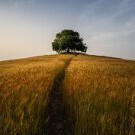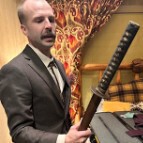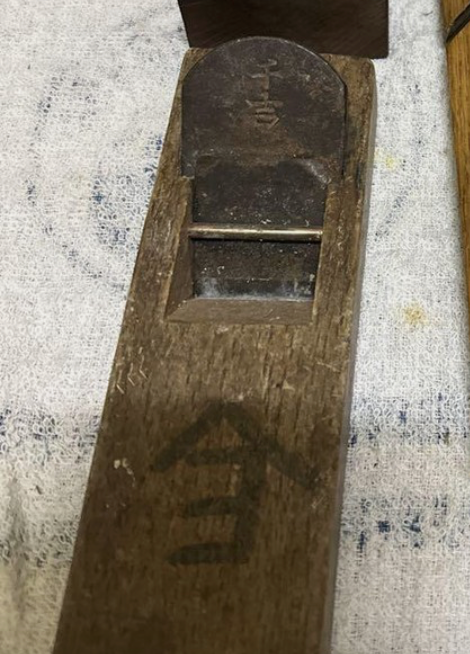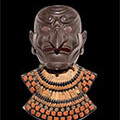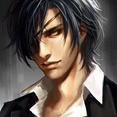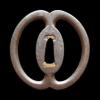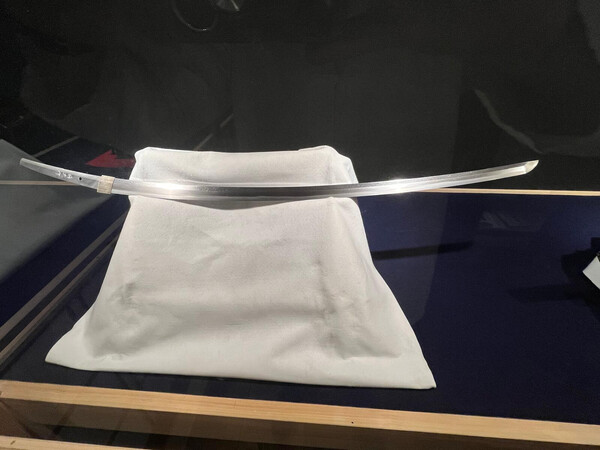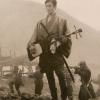Leaderboard
Popular Content
Showing content with the highest reputation on 03/21/2025 in all areas
-
Hello everyone, I miss everyday being able to go on Yuhindo.com to gaze at magnificent blades, it used to be a "Zen" website where one could just linger surrounded by beauty and knowledge. I memory of my friend Darcy, I started a Substack project where I plan to publish articles when time allows, with in-depth with high-quality research, with the help of friends such as Markus, Ted and others. In the long run, it'll form the basis of a book. My plan to focus on swords that "have stories to tell" and delve on often overlooked topics such as provenance and discussions on attributions. The content is aimed at intermediate-level enthusiasts, but with the help of AI tools it should be understandable by everyone, new or experienced, in the hobby. Here is the first article of the series: https://hoshido.substack.com/p/the-falling-leaf?r=bw6e8 I hope you enjoy. Best, Hoshi11 points
-
5 points
-
@Lareon Tony as you noted the Takeyasu sword is stainless steel and made for the Navy at Tenshozan Tanrenjo (factory). Often they had a stamp of anchor in circle. There were three "Take" smiths: Takeyasu, Takeyoshi and Takeyuki. See paper in NMB Downloads which gives the background and context (also table in page 120):4 points
-
The Bonham's auction today painted a picture of a pretty strange market. The nihonto on offer had estimate ranges that I felt were at the higher end, but not outrageous, and mostly they either didn't sell, or sold at the low end Meanwhile the Tosogu were attracting crazy money, often multiples of the high end of the estimate. The pair of tsuba pictured - beautiful work, but no origami - went for US$ 32,000!3 points
-
Pav, mei is "Ishihara Yoshisada saku" (unusual saku). Does it have a stamp? He is YOSHISADA 義定: real name Ishihara Jō´ichi (石原錠一). Born Meiji 32 (1899) August 16. Reg. Showa 14 (1939) October 25 (age 40). Other mei: (“Seki ju Ishihara Yoshisada saku” SHO). (“Seki ju Ishihara Yoshisada saku” SEKI). (“Yoshisada” “1942” SEKI). But do a SEARCH on NMB for other examples and some other styles of mei.3 points
-
OK, there does seem to be some interest here after all. I shall pick a few that I particularly liked then, and post them here. Nagadachi 長太刀 First of all, this GIANT Kinkarakawa tsutsumi-zaya nagadachi koshirae. Oh, ...did I mention that it is quite big? In fact it was too big for the camera, so here’s half of it, the Tsuka end.3 points
-
Thank you! The photography is the work of Ted Tenold (and the copyright owner, photos reused with permission). The photos are from Darcy's original post on Yuhindo.com.2 points
-
2 points
-
2 points
-
2 points
-
Very nice. The left one reminds me a Mito ushikoshi tsuba I have: same shape, shakudo and delicate composition.2 points
-
2 points
-
2 points
-
2 points
-
Figured I add a similar F/K but with a more specific signature: Nara Toshimitsu. I recently acquired this in a lot and was happily surprised/enjoyed the detailed work. Not sure if it is a gimei or not, but I think generally it certainly fits the school work. Definitely made me aware of this Nara style. all the best, Ken2 points
-
2 points
-
Occasionally we will see images of tsuba with the seppadai area cut out. Various speculations have been offered as to why, however, I recently came across these images showing that this was done to mount a metal tsuba on a bokuto. There is attendant documentation implying that this bokuto dates to about 1888, or 20th year of Meiji. The tsuba looks much older. Mounting old tsuba on bokuto seems to have been a martial arts fad at one time based on on the number of modified tsuba that turn up.2 points
-
Hi all, So anyone that wins an auction waits for the package to arrive, hoping it is what they thought when bidding on. I received a menuki set which I liked the looks of and was a design I didn't have anything similar too. That alone was reason enough to be excited by the set. When I received it, I just gave it a quite look over, liking the looks of it and it seemed like I made a good buy. I placed it on the side for further analysis. So I finally got the old lighted magnifying glass out, looking at it under magnification. As I was turning it around, I came to the bottom of the menuki edges and something caught my eye. As I played to get the best light on the area I got very excited.... There is a kanji character there. "Is this piece signed?", I said to myself. I quickly grabbed the other piece looked at the bottom and had to play a lot with the light to see, yes there is another kanji character (each menuki had 1 character). Now this is a pleasant surprise! The auction description made no mention of it being signed, claiming it was older momoyama to muromachi period. Next task decipher it. I am pretty sure I got the 1st kanji correctly as "hide". The second kanji was much harder to find. Just seeing it clearly was an issue, struggling to get the light right so I could see the entire character. The biggest issue is that the space on the menuki is only 2.5-3mm, pretty small area to punch a character in too. I believe after a long while of studying that the 2nd kanji is "oki". together it is a menuki set possibly signed "Hideoki", a Student of otsuki mitsuaki. The design would fit the school - not posting entire set but you can assume it has 1 particular insect.... hmmm which one... perhaps a mantis, along with a butterfly and cricket. I could have sworn I saw a similar set in a book but can't find the picture. So what do you guys think? Here is a photo of the bottoms along with the kanji (what a pain to get a picture taken). Appreciate any help or comments. thanks. Ken1 point
-
Hello everyone, Sunobi Tanto signed Echizen Kuni Shimosaka Sadatsugu Sadatsugu Shimosaka Early Edo – Echizen Province – 1624 Shimosaka School NBTHK Tokubetsu Hozon certificate Fujishiro rank : Josaku Flawless and beautiful ubu blade, one mekugi ana. Koshirae richly decorated with solid gold menuki. Nagasa: 30.5 cm Sori: 0.2 cm Moto-haba: 2.8 cm Moto-kasane: 0.5 cm Don't hesitate to visit my website for more information and pictures. If sold through the NMB, I will make a donation. My price : 7800 € (+ shipping)1 point
-
1 point
-
This is absolutely fantastic and a real pleasure to read, thank you for creating it. As someone interested in Tametsugu and Sankage, I found it especially interesting and that Naginata Naoshi is marvelous. If you are taking requests for the next one, something from the Shizu line would be great1 point
-
Here is another one held in place with a strip of leather. Maybe vintage but probably not antique. As far as tsuba initially made to fit bokuto, Steve Waszak had one made by a contemporary Japanese tsuba smith with the ana clearly designed for bokuto. All the antique tsuba I have seen with big holes appear to have been modified later rather than made that way.1 point
-
Wow, that sounds like a really worthwhile, and helpful project. I haven't had the opportunity to read your first article yet, but just scrolling through and seeing the photography has me very excited! Thank you so much for putting this together; and please extend our thanks to Ted and Markus if the opportunity arrises. Cheers, -Sam1 point
-
Cheers for this mecox, i have most of the documentation from nmb, didnt have this one though, naval swords are something i've only recently decided to round my collection on, i've always stuck with army swords. so this will be useful. I also have bruces documents on fitings from a while back Cheers Guys!1 point
-
Wow! Is this in the US? I'm sure @Scogg would appreciate the serial number, if it's available.1 point
-
1 point
-
Hi, I need help from someone who is much more knowledgeable than me. Especially as I don't have any suitable books to compare the signature. I really like this Fuchi and Kashira set. The fuchi is signed Nara. That's why I wanted to ask if someone could give me more information. Can you find this signature to compare? https://japaneseswor...kashira-signed-nara/ "This set is signed Nara. According to The Robert Haynes Index, “This group of artists signed only Nara without any other name, in most cases. They are thought of as the Ko-Nara school group, and they worked on both iron and soft metal plate. "1 point
-
V&A M.116-1924 https://collections.vam.ac.uk/item/O465295/tsuba/ NARA is the full extent of the information!1 point
-
Jean, We shall see more in depth when I get both the blades in hand and use a digital calliper to get even more of the exact reading of both specifications of mass distribution to compare. (In greater detail than what is provided on their respective webpage descriptions). I shall post them here or send you a DM if you are interested. Forest, Thank you for the recommendation and video link. I did pick up an electronic scale though shall keep this in mind for the future.1 point
-
https://codh.rois.ac.jp/char-shape/unicode/U+5E02/ Having looked at this page, however, Ichi/Shi 市 does seem to fit in some cases... hmm...1 point
-
Whilst I find the first two "masks" cringeworthy, I am very much taken by the two mempo designs - Eye of the beholder - define cringeworthy? There would be plenty of cringeworthy subjects depicted on tsuba - I like this "Freddy Krueger" Daruma rendition. [The tsuba image is poor but I found a drawing of it, which is much clearer] I can find a great many truly ugly "tsuba looking things" - ie. cast fakes for unwary tourists, but as Hamfish has made clear these would not really count as they are not really tsuba. [JMHO]1 point
-
1 point
-
A lost and unanswered thread here /\ I think Jean is correct there are likely two variations in these large hole nakago-ana depending on the practice sport they were used in. This example from the Kansas City Museum has the oval hole. The symetrical hitsu on this and the one shown by Paris would make great anchor points for a thread of tape/string to secure the tsuba to the shinai/boken - - as you may notice in the thread from Tim Evans, that tsuba is rather loosely held in place and as it is partly sukashi and has a [battered] hitsu it could easily be missing a string that would have held the tsuba more securely. All speculation on my part as I know next to nothing about shinai or boken [at least not what was used in the 19th century or earlier].1 point
-
We will be attending the Brisbane fair this weekend looking forward to catching up with all our friends, collectors in Brisbane. Come in and see some great antique swords. 124 Distillery Rd, Eagleby QLD 4207, Australia1 point
-
Most likely it is shinto, from 1650-1665 judging by sugata - it maybe not 100% kambun but getting there, there is also characteristic widening in the lower half which is also borderline Kambun-like. Wide nie hamon in notare can be in theory Yukimitsu but since it is not even close, shinto, not too many other options. Problem the style was not exclusive to Yasutsugu. Generally the blade can be a good match, but I would check the jigane - it should really stand out even with light completely to the side, and Yasutsugu nie tends to be high quality, nice sandy kinsuji in places. My other suspicion is it can be an early work by the third generation. More precisely is impossible to tell without many high quality photos.1 point
-
Hi David, your bowl is indeed “Satsuma” pottery (not porcelain as many think). It is very late Meiji, possibly Taisho and was manufactured in some quantity for the export market. The crackle glazing is deliberate. The use of autumn maples in overglaze decoration is a direct crib from the late works of the highly rated artist Yabu Meizan who utilised them in greatly simplified (and thus cheaper!) works later in his production. However I think you may have get the signature wrong….I believe it is Kozan (see attached image). There were several studios using the signature Kozan so not possible to be more precise. It would be the work of a small “factory” rather than by a single known artist. Best. Colin1 point
-
Bravo! I can't understand the 寒からしむ phrase, so I assumed it was, as in the previous translation, "dispells the cold". I completely missed 維新, so that changes that whole mid-section to something much more realistic and less florid. So there are quite a few revelations in Moriyama-san's translation that are a huge improvement in both substance and style. The last characters must be 云爾, indicating the end of the sentence.1 point
-
Dear Piers, thank you so much for satiating our visual cravings! These are wonderful koshirae. I particularly like the various tachi ones - the efu one and kenukigata one. Without reading the labels and from a distance while not zooming in, I thought we were dealing with plain old egg-shell technique in the above conundrum. Interesting to learn something new in relation to the otolith usage. Please keep sending us info and images (much appreciated!) as Tumi is too busy given all that is going on in the museum and his exciting life stage, and Paul Martin - even busier with the various media outlet participations and projects. Thank you sir!1 point
-
I cannot decipher several parts, and I tried a guess work. I am especially unsure about the blue parts. 此刀ハ我か珍蔵月山貞一之作也□を脱すれハ電光 閃き星芒将ゐ人をして寒からしむ然れども装鞘素朴 鐔鐵剛強維新志士が剱撃闘争活躍ニ実 用せし物たること歴然たり吾其の手澤を愛惜して 改造せす後人をして其間を偲び士気を養ふる資□□ と云□ 昭和三年十月吉日 石川水心先識す This sword is my rare collection made by Gassan Sadakazu. If it is drawn, lightning flashes and sparkles scatter, and it makes a man frightened. However, its fittings/scabbard are simple and iron tsuba is firm. It is obvious that it was practically used in sword battles by samurai of the restoration. I have a deep affection for this favorite item, and I will leave it unrestored to make later generations think of that era and raise their morales. Showa 3rd year, a lucky day in 10th month Ishikawa Suishin foresees.1 point
-
Sorry to leave this hanging. The picture is much clearer, but a couple of the characters are still lost on me. I'm afraid I can't offer you a better translation than the one you have already - although I have misgivings about it. As I said, I think its a bit over-the-top, but we're talking about style rather than content, at least for the first 6 vertical lines. The last two vertical lines under the heading of "mei" (as I mentioned previously) seem very unusual, and not like typical Japanese. Well, its all a bit atypical. Wish I could offer you some more clarity.1 point
-
1 point
-
https://auctions.yahoo.co.jp/jp/auction/q1157883646 & https://www.jauce.com/auction/q1157883646 the buyer could have got a better deal for the cast guard 10,500 yen - but it was still way way way overpriced! this one advertised on a Chinese site for ¥11,840 JPY* Well you know if you see two it is dodgy, three very dodgy!! If only they had used real sekigane - they might have put a bit more effort separating people from their money! [Yes I am back - being dead is much easier though!]1 point
-
1 point
-
@BourbonGuy Chris, as noted the mei is Noshu Seki ju Kanetaka kore saku. He is “Kanetaka” (兼高), real name Matsuda Takaichi (松田高市), from Seki, born Meiji 44 (1911) Sept 11. He was an early student of Kojima Kanemichi (小島兼道). Note there are around seven wartime smiths with name of "Kanetaka" and of these two have the same kanji as 兼高. The other one is Kuwayama Kanetaka (桑山 兼高) born 1928 and independent from 1942. (but different style of mei and yasurime filing is different (sujikai)). Your smith Matsuda was earlier, he is in 1937 Gifu list, and registered as a Seki smith on Showa 14 (1939) October 26 (age 28). His yasurime is of taka-no-ha. He is considered a "senior swordsmith" of Seki, and in 1937 national report : lived in Bugi-gun, Seki-machi, Azanaka-machi. and in 1939 at Seki-machi, Naka-machi (same address?). He had 1 deshi (student) in 1937. He trained from Taisho 13 (1924) under Kojima Kanetoki (Kanemichi) and became independent Showa 5 (1930) May. He is in the 1940 list of trained smiths by Seki Token Kaji Association. However, of note, he is not listed in 1941 exhibition, 1942 banzuke list or 1943 list by NTT/NTS associations, unusual as he was a smith of note. Possibilites are that he died or enlisted (in 1941 he would have been 30). Blades are typically not dated and have taka-no-ha yasurime filing on nakago, and are signed katana-mei. He looks to have been active in the earlier war period producing quality Showato sold through shops and not in an arsenal. His kokuin looks to have "taka". Examples: #1. [Japanese Sword Index (Stein)]: Showa stamp "Noshu Seki ju Matsuda Kanetaka saku" yasurime: taka-no-ha. #2: [ikedaart.net]: Showa stamp "Matsuda Kanetaka " yasurime: taka-no-ha. nagasa: 71.2 cm sori: 1.8 cm #3: [ Meirin Sangyo]: Seki stamp kokuin hot stamp "Noshu Matsuda Kanetaka saku" yasurime: taka-no-ha nagasa: 68.4 cm sori: 1.6 cm . #4: [auction yahoo.com]: Showa stamp "Noshu Seki ju Matsuda Kanetaka saku" yasurime: taka-no-ha nagasa: 69.4 cm shingunto koshirae. #5: [Fuller & Gregory, 1983]: Showa stamp "Noshu Seki ju Matsuda Kanetaka saku" yasurime: taka-no-ha reverse has a dedication: "Ojite Tanaka Shi Motome" (made in accordance to the request of Mr Tanaka), so is a custom work. #6: [Fuller & Gregory, 1983]: Seki stamp kokuin hot stamp. "Noshu ju Matsuda Kanetaka saku" taka-no-ha. #7: [Fuller & Gregory, 1983]: Showa stamp "Matsuda Kanetaka" taka-no-ha. #8: [Chris BourbonGuy]: no stamps reported "Noshu Seki ju Kanetaka kore saku" . takass.pptx1 point
-
I have more details regarding the kantei. It will be an informal event without issuance of papers. Basically its for an owner to get an honest opinion in case they were thinking of submitting to Japan for Shinsa. Sort of is it worth the effort for this particular blade. The experts on hand will be the very knowledgeable Hataya-san (Daisuke Hataya) and Shono-san (Ginza Seiyudo) for the evaluations. It's possible there will be a 3rd as of yet unannounced expert. These guys really know their stuff. I think we all have swords we would like to know more about so this is a great opportunity for the European contingent.1 point
-
1 point
-
Thank you very much for your answer. It could have been that there are collected signatures in a book that can be assigned to a Nara artist. By the way. Very nice tsuba!1 point
-
That is probably all the information you will be able to divine. Yet, I've attached a scan of Markus Sesko's fine work on the school. The fuchi-kashira looks like Nara work and is signed. The sort of design for which the school is often known. Ko-Nara tends to be closer to the temple fittings and metalwork that they initially made before they evolved into the larger school of Nara fittings for which they are known. I have one example, image attached. It can be very difficult to attribute to specific person.1 point
This leaderboard is set to Johannesburg/GMT+02:00

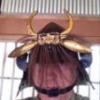
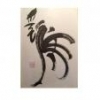







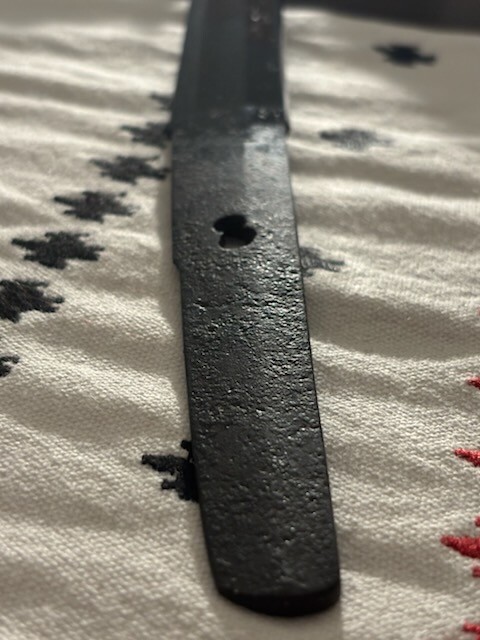


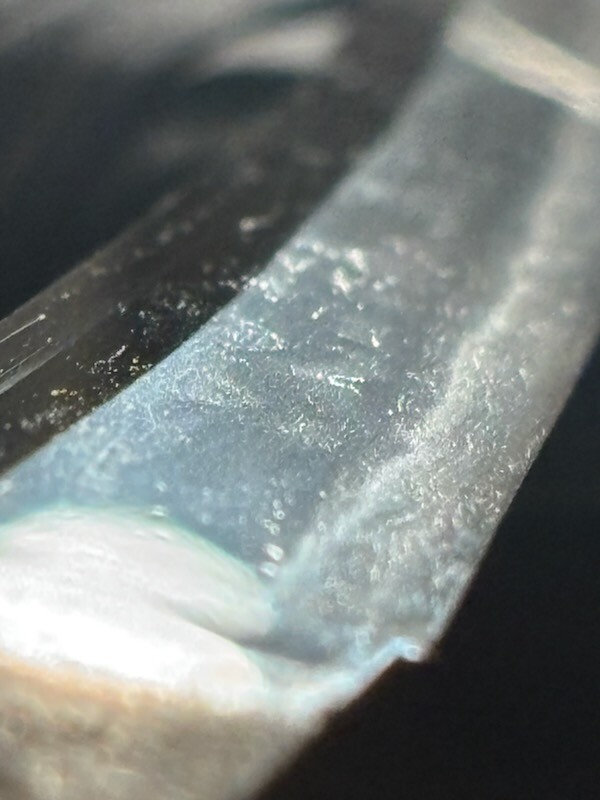













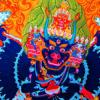
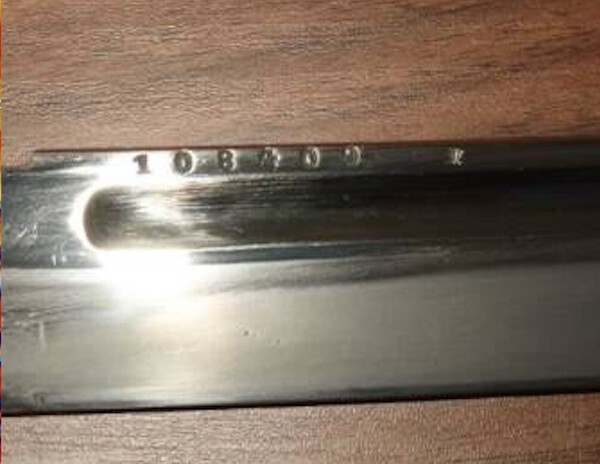

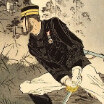


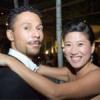








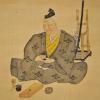
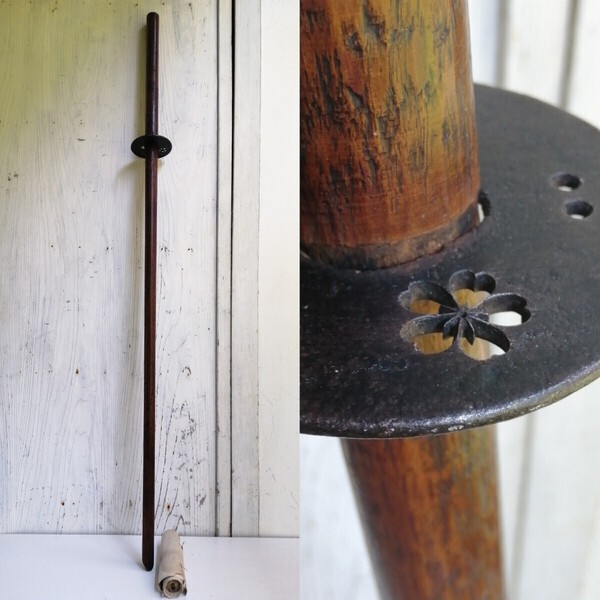


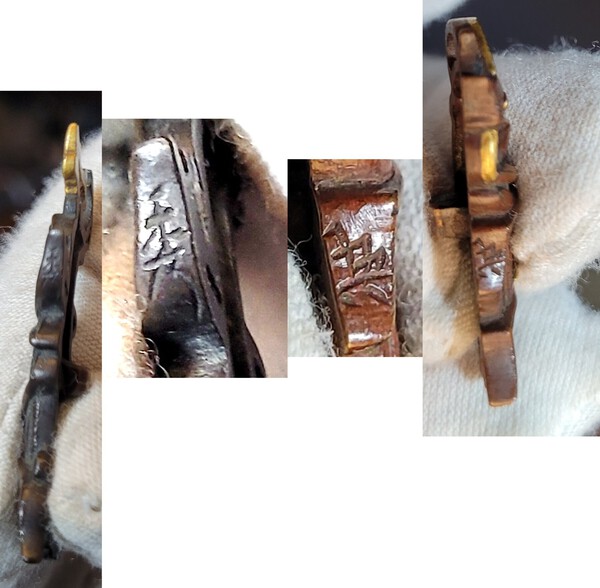

.thumb.jpg.31dee31de5f9213649f16878683d668f.jpg)
.thumb.jpg.fef2e03f9e8228225746f44f79d85ba9.jpg)
.thumb.jpg.39fe2ba36fcf0b09c9b9e9e7152e7862.jpg)
.thumb.jpg.2ba5dd45e2c4ac94a8d91b6d14e82ed9.jpg)
.thumb.jpg.ca61139a4d496c4eae0762db10e23860.jpg)
.thumb.jpg.0e194d1608e1089f5f6f2f33e46ca7fd.jpg)
.thumb.jpg.75c24d49de7ce391fd47a565800106c4.jpg)


